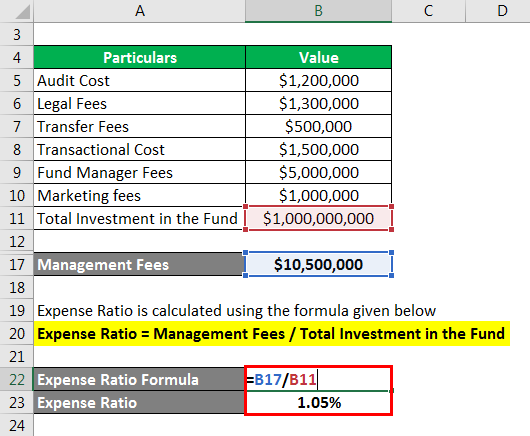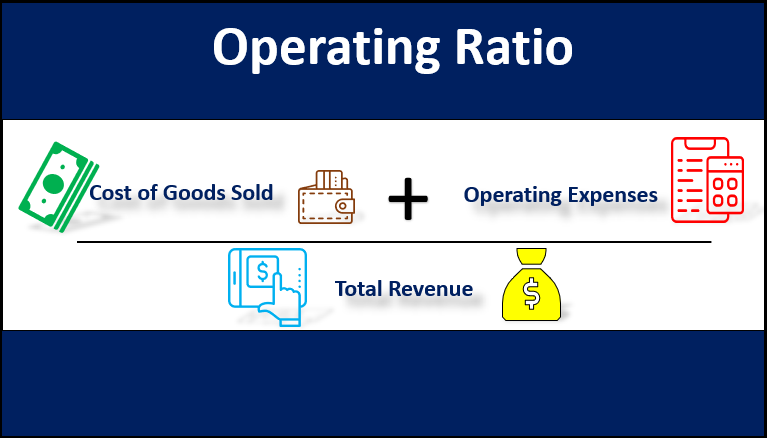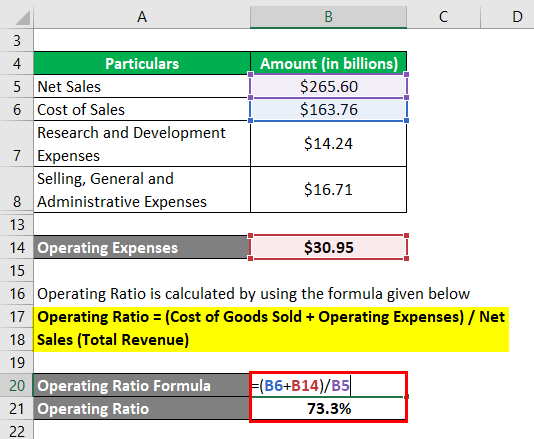

In its simplest form, it shows how many dollars of current assets an organization has to cover its current obligations.

The current ratio is used to measure the overall liquidity of a nonprofit organization. Total Contributions/Fundraising Expenses = Fundraising Efficiency Ratio 6. This equates to a ratio of 10.0 to 1.0, and can be calculated as follows: Simply put, it measures how much revenue is being generated for every dollar that is spent on fundraising.Ī lower ratio is considered better, and Charity Navigator gives its highest ratings to those organizations that spend less than $.10 for every dollar raised. The fundraising efficiency ratio measures the efficiency of an organization’s fundraising activities. Total Salaries, Wages and Benefits/Total Revenues = Personnel Expense Ratio 5. The personnel expense ratio is calculated as follows: If it’s costing more to generate the same level of revenue, it could be a sign that there are inefficiencies in operations. Organizations should look for trends in this ratio. The benchmark for this nonprofit ratio may look different for each organization, depending on how service-based the organization is.įor example, an organization that provides counseling services may have a higher ratio than an organization that provides information and advocacy. The personnel expense ratio simply measures the personnel costs of producing revenue. Government Grants and Contributions/Total Revenue = Government Reliance Ratio 4. The government reliance ratio is calculated as follows:

Organizations with high ratios in this category should consider how they can diversify their revenue sources. The higher this ratio is, the less likely a nonprofit organization will be able to continue to support its programs in the event that funding goes away. This nonprofit ratio is important, particularly when overall levels of government funding are declining. The government reliance ratio measures a nonprofit organization’s reliance on governmental funding. The administrative expense ratio is calculated as follows:Īdministrative Expenses/Total Expenses = Administrative Expense Ratio 3. The Better Business Bureau’s Wise Giving Alliance recommends a ratio of less than 35%. In order to stay competitive and to keep up with technology and infrastructure, organizations need to spend money on overhead.Ĭharity Navigator generally gives its highest rankings to organizations that spend less than 15% of expenses on overhead. There is an “overheard myth” that organizations shouldn’t spend money on administrative expenses. This nonprofit ratio is often misunderstood. The administrative expense ratio measures the percentage of an organization’s expenses that are being allocated to administrative costs. Program Services Expenses/Total Expenses = Program Expense Ratio 2. The program expense ratio is calculated as follows: Other agencies, such as the Better Business Bureau’s Wise Giving Alliance, recommend a ratio of 65% or higher. Charity Navigator generally gives the highest rankings to those organizations whose ratio of program expenses is 85% or higher of their total expenses. This nonprofit ratio is key in the eyes of donors. The program expense ratio measures the percentage of expenses that a nonprofit organization is spending on its core mission. There are several ratios that nonprofits may consider including with their regular financial management and reporting.īelow are 10 of the most common nonprofit ratios that are often used both internally for organizations to measure themselves, as well as by external donors and watchdog agencies (such as Charity Navigator) to rate a nonprofit organization’s performance. When it comes to the financial management of a nonprofit organization, nonprofit ratios (or key performance indicators) can be a helpful tool to measure how your organization is doing.


 0 kommentar(er)
0 kommentar(er)
